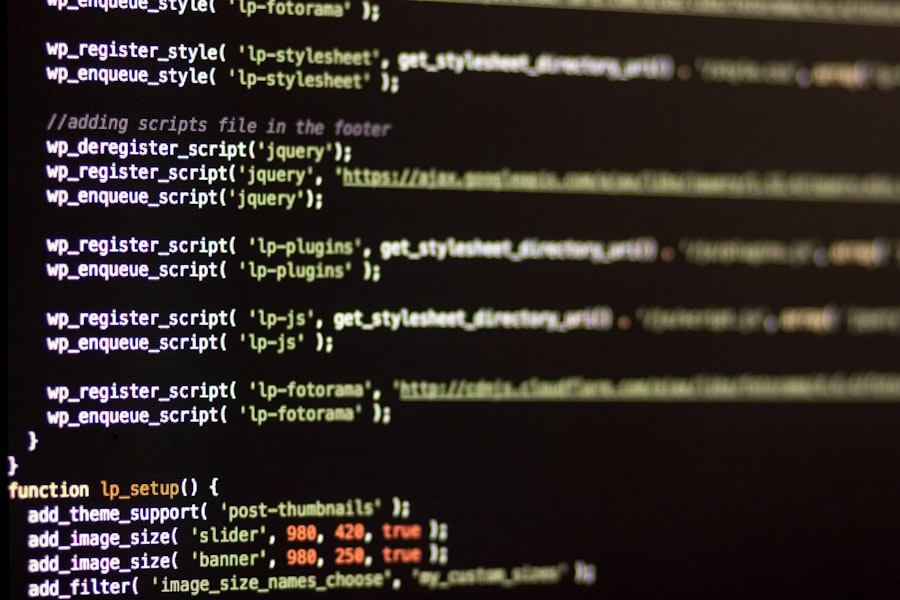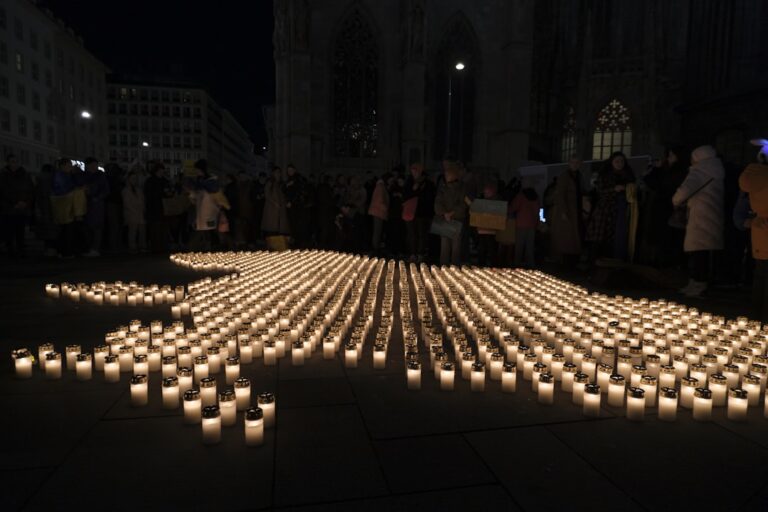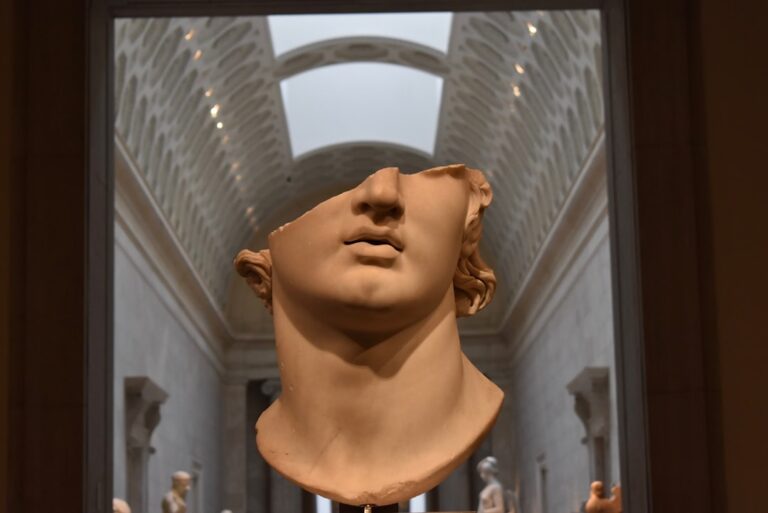Background images play a pivotal role in web design, serving as a visual foundation that can enhance the aesthetic appeal of a website. They are not merely decorative elements; when used effectively, they can convey a brand’s identity, evoke emotions, and guide user interactions. In HTML, background images can be applied to various elements, including the entire page, sections, or specific components, allowing designers to create a cohesive visual experience.
The integration of background images into web design has evolved significantly, with modern CSS techniques providing greater flexibility and control over how these images are displayed. The use of background images can transform a mundane webpage into an engaging visual narrative. For instance, a travel agency might use stunning landscape photography as a background to evoke wanderlust and inspire potential customers.
Similarly, an e-commerce site could employ background images that reflect the lifestyle associated with its products, thereby enhancing the shopping experience. However, the effectiveness of background images hinges on thoughtful selection and implementation, ensuring they complement the content rather than distract from it.
Key Takeaways
- Background images in HTML can enhance the visual appeal of a website and create a more engaging user experience.
- When choosing a background image for your website, consider the overall theme and purpose of the site, as well as the impact on page loading times.
- CSS can be used to add background images to HTML elements, allowing for greater flexibility and control over the placement and appearance of the images.
- Setting background image properties such as size, position, and repeat can help customize the display of the background image to fit the design of the website.
- Using media queries and the background-size property can help ensure that background images are displayed appropriately on different devices and screen sizes.
Choosing the Right Image for Your Website
Understanding the Brand’s Identity
For instance, a corporate website may benefit from a clean, professional image that conveys trust and reliability, while a creative agency might opt for vibrant, artistic visuals that showcase innovation and creativity.
Key Considerations for Image Selection
The choice of imagery can significantly influence user perception and engagement, making it essential to consider factors such as color schemes, subject matter, and overall composition. In addition to aesthetic considerations, practical aspects such as image resolution and file size must also be taken into account.
Striking a Balance between Quality and Performance
High-resolution images can enhance visual quality but may lead to longer loading times if not optimized properly. Conversely, low-resolution images may load quickly but can appear pixelated or unprofessional.
Furthermore, it is advisable to choose images that are relevant to the content of the page, as this relevance can improve user engagement and retention.
Adding Background Images using CSS

Incorporating background images into a website is primarily achieved through CSS (Cascading Style Sheets). The `background-image` property is the cornerstone of this process, allowing developers to specify an image that will serve as the background for an element. For instance, to set a background image for the entire body of a webpage, one would use the following CSS rule: “`css
body {
background-image: url(‘path/to/image.jpg’);
}
“` This simple line of code instructs the browser to fetch the specified image and display it as the background for the body element.
It is important to ensure that the path to the image is correct; otherwise, the browser will not be able to locate and display it. Additionally, developers can combine multiple background properties in one declaration to achieve more complex designs. For example, one can set the background color alongside the image for added depth or contrast.
CSS also allows for multiple background images to be layered on top of each other using a comma-separated list. This feature can be particularly useful for creating intricate designs where different images interact visually. For example: “`css
div {
background-image: url(‘image1.png’), url(‘image2.png’);
}
“` In this case, `image1.png` will be rendered first, followed by `image2.png`, allowing for creative layering effects that can enhance the overall design.
Setting Background Image Properties
Once a background image has been added using CSS, various properties can be adjusted to control its appearance and behavior. The `background-size` property is particularly important as it determines how the image is scaled within its container. The values `cover` and `contain` are commonly used; `cover` ensures that the image covers the entire area of the element while maintaining its aspect ratio, potentially cropping parts of the image if necessary.
Conversely, `contain` scales the image to fit within the element without cropping but may leave empty space if the aspect ratios do not match. Another essential property is `background-position`, which allows developers to specify where the image should be placed within its container. Common values include `top`, `center`, and `bottom`, along with horizontal positions like `left`, `right`, or specific pixel values.
For example: “`css
div {
background-image: url(‘image.jpg’);
background-position: center top;
}
“` This code centers the image horizontally while aligning it to the top vertically. Additionally, the `background-repeat` property controls whether the image should repeat itself if it does not fill the entire area. Setting this property to `no-repeat` prevents any tiling effect, which can be useful for large images that are meant to stand alone.
Using Background Images Responsively
In today’s digital landscape, where users access websites from various devices with different screen sizes and resolutions, ensuring that background images are responsive is paramount. CSS media queries provide a powerful tool for achieving this responsiveness by allowing developers to apply different styles based on specific conditions such as screen width or device type. For instance, one might want to use a different background image for mobile devices compared to desktop screens.
This can be accomplished with media queries like so: “`css
body {
background-image: url(‘desktop-image.jpg’);
} @media (max-width: 768px) {
body {
background-image: url(‘mobile-image.jpg’);
}
}
“` In this example, when the viewport width is 768 pixels or less, the mobile image will replace the desktop image. This approach not only enhances visual appeal but also improves loading times on mobile devices by serving appropriately sized images. Another technique for responsive design involves using CSS properties such as `background-size: cover;` which ensures that the background image scales proportionally while covering the entire area of its container.
This method helps maintain visual integrity across different screen sizes without requiring multiple images.
Adding Background Images to Specific Elements

While applying a background image to an entire webpage is common practice, targeting specific elements can create more dynamic layouts and enhance user experience. Background images can be applied to headers, footers, sections, or even individual divs within a webpage. This targeted approach allows designers to create visually distinct areas within a single page.
For example, consider a website with multiple sections dedicated to different services offered by a company. Each section could feature its own unique background image that reflects the service being described: “`css
.service-one {
background-image: url(‘service1.jpg’);
} .service-two {
background-image: url(‘service2.jpg’);
}
“` By assigning different images to each service section, designers can create a more engaging experience that visually communicates information about each service at a glance. Additionally, using pseudo-elements like `::before` or `::after` can further enhance design flexibility by allowing developers to add decorative background images without altering the HTML structure.
This technique is particularly useful for creating overlays or accentuating specific content areas without cluttering the markup.
Tips for Optimizing Background Images
Optimizing background images is essential for maintaining website performance and ensuring fast loading times. Large image files can significantly slow down page load speeds, leading to higher bounce rates and negatively impacting user experience. One effective strategy for optimization involves compressing images before uploading them to a website.
Tools like TinyPNG or ImageOptim can reduce file sizes without compromising quality.
JPEG is often preferred for photographs due to its efficient compression capabilities, while PNG is better suited for images requiring transparency or sharp edges.
For vector graphics or logos, SVG format is ideal as it scales without losing quality. Implementing lazy loading techniques can also enhance performance by deferring the loading of off-screen images until they are needed. This approach reduces initial load times and conserves bandwidth for users who may not scroll down to view all content immediately.
Best Practices for Using Background Images in HTML
When incorporating background images into HTML and CSS designs, adhering to best practices ensures both aesthetic appeal and functional performance. First and foremost, always prioritize accessibility by providing alternative text descriptions for images when applicable. While background images typically do not have alt attributes like inline images do, ensuring that any critical information conveyed through imagery is also available in text form is vital for users relying on screen readers.
Additionally, maintaining consistency in style across all background images helps create a cohesive visual identity for your website. This includes using similar color palettes, themes, or photographic styles that align with your brand’s messaging. Finally, testing your website across various devices and browsers is crucial to ensure that background images render correctly and maintain their intended impact regardless of how users access your site.
Regularly reviewing performance metrics related to loading times and user engagement will provide insights into how effectively your background images contribute to overall site performance and user satisfaction. By following these guidelines and leveraging modern CSS techniques effectively, web designers can harness the power of background images to create visually stunning and engaging websites that resonate with users while maintaining optimal performance.
If you are interested in delving deeper into the world of mathematics and physics, you may want to check out the article on the Newtonian Approximation of Relativistic Equations of Motion and Einstein Field Equation. This article explores the complex relationship between Newtonian physics and Einstein’s theory of relativity, offering a fascinating look at how these two seemingly disparate theories can be reconciled. You can find the article here.
FAQs
What is a background image in HTML?
A background image in HTML is an image that is displayed behind the content of a webpage. It can be used to enhance the visual appeal of the webpage and create a more engaging user experience.
How do you add a background image in HTML?
To add a background image in HTML, you can use the CSS background-image property. This property allows you to specify the URL of the image you want to use as the background, and then apply it to the desired HTML element.
What are the different ways to position a background image in HTML?
In HTML, you can position a background image using the background-position property in CSS. This property allows you to specify the position of the background image relative to the element’s padding box, and you can use keywords like “top”, “bottom”, “left”, “right”, or specific length or percentage values.
Can you repeat a background image in HTML?
Yes, you can repeat a background image in HTML using the background-repeat property in CSS. This property allows you to specify whether the background image should be repeated horizontally, vertically, both, or not at all.
What are some best practices for using background images in HTML?
Some best practices for using background images in HTML include optimizing the image file size for web, choosing images that complement the content and layout of the webpage, and ensuring that the text and other content on the webpage remain readable against the background image.





















+ There are no comments
Add yours